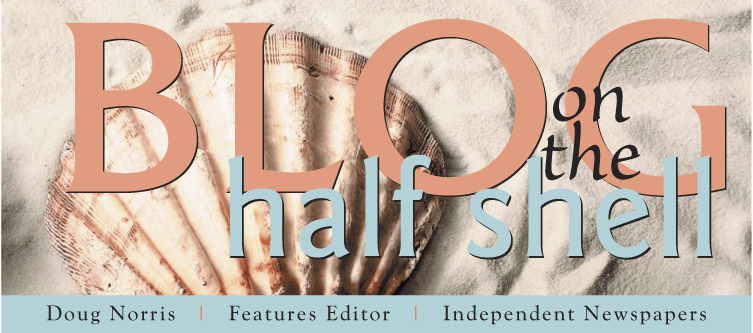Roger Williams and the early Rhode Islanders, however, had no such qualms. Having named their first settlement Providence, they took a Pilgrim’s progressive view of the world, finding metaphors everywhere, especially in the landscape. To them, hope was a spiritual gift from God. In the marketing of the times, given the “lively experiment” that this eclectic colony was undertaking, it made perfect sense for “Hope” to be the original Rhode Island brand – or “motto,” in ye olde jargon. Most believe that the motto (along with the state’s symbol, an anchor) was taken from a Biblical passage in Hebrews 6:19:
Which hope we have as an anchor of the soul, both sure and steadfast, and which entereth into that within the veil;
Rhode Island’s state motto was adopted as an element of the “arms of the state.” It is found on the state’s coat of arms, seal and flag. (The seal of Rhode Island is the sole image to illustrate the concept of “Hope” on Wikipedia.) As excerpted from Rhode Island Statutes, Title 42, Chapter 4, Section 1:
Arms of state. The arms of the state are a golden anchor on a blue field, and the motto thereof is the word “Hope.”
So Rhode Island takes its hope seriously. The state has a Hope village and a Hope Valley. Shepard Fairey, the former Rhode Island School of Design student whose street art became a local sensation, borrowed the motto, added a little Andy Warhol and provided the lasting image of President Obama’s successful campaign. And now a University of Rhode Island professor has co-written a book with a professor from Keene State College in New Hampshire titled “Hope in the Age of Anxiety.” To gauge your own level of hopefulness, take the Hope Test.
So this week, in the spirit of our state motto, we ask: What does Rhode Island get right?
House cleaning
It’s a crossover Monday here at the Independent. In last week’s Arts & Living section, I previewed the 10 finalists for the Manhattan Short Film Festival. The movies were screened at the Courthouse Center for the Arts in West Kingston last Thursday – one of 173 locations on five continents to show them last week. The global tally concludes tomorrow, when the winner will be announced in New York City. My choice? “Mozambique,” a powerful documentary in which AIDS orphans are empowered to tell their stories using donated cameras and videocameras. Runner-up in my book was “Skhizein,” a darkly comic animated film from France. It was a difficult choice between two very different films. Ultimately I went with the film that emphasized hope over the one that succumbed to despair.


1 comment:
We have an article in our Constitution granting shore access rights to everyone. Of course, the lawyers have to get involved when figuring out exactly what "shore access" means. But we can hope.
Post a Comment